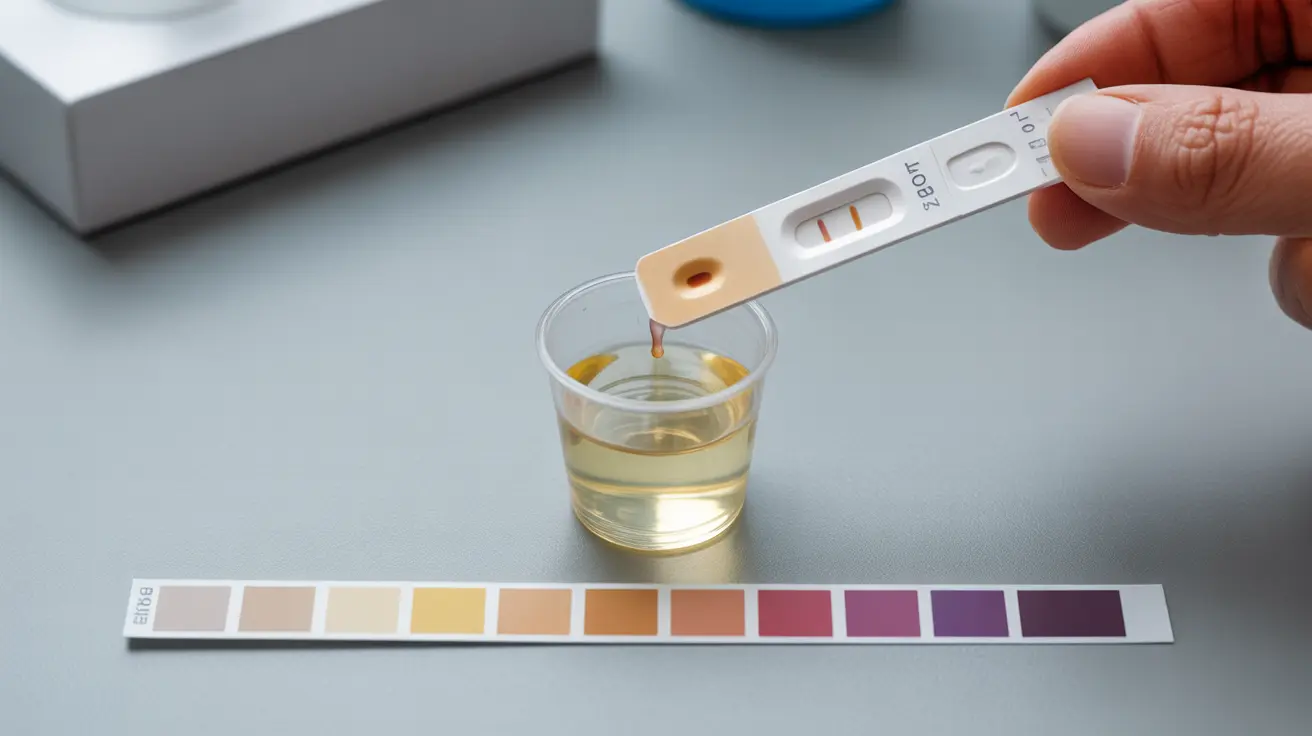For those following a ketogenic diet or monitoring ketosis for health reasons, ketone test strips are an essential tool for tracking your body's ketone levels. These convenient testing devices help you determine whether your body has entered ketosis, the metabolic state where it burns fat for fuel instead of carbohydrates.
Understanding how to properly use and interpret ketone test strips can make a significant difference in your ketogenic journey. This comprehensive guide will explore everything you need to know about these testing tools, from their basic functionality to proper usage and limitations.
Understanding Ketone Test Strips
Ketone test strips are small, disposable strips designed to detect the presence of ketones in urine. These strips contain special chemicals that react with ketones, specifically acetoacetate, causing the strip to change color. The darker the color, the higher the concentration of ketones in your urine.
These testing tools are particularly popular among those following a ketogenic diet because they're affordable, readily available, and provide a quick indication of whether your body is producing ketones.
How to Use Ketone Test Strips Correctly
To get the most accurate results from your ketone test strips, follow these essential steps:
- Collect a fresh urine sample
- Briefly dip the test strip into the sample (1-2 seconds)
- Remove and shake off excess urine
- Wait for the specified time (usually 15-60 seconds)
- Compare the color to the chart provided on the package
For best results, test at the same time each day, preferably in the morning or after exercise, when ketone levels tend to be higher.
Understanding Test Results
The color chart on your ketone test strips typically ranges from beige (negative) to various shades of pink or purple (positive). While the exact measurements may vary by brand, generally:
- Negative to trace: Light beige to light pink
- Small to moderate: Pink to darker pink
- Large: Dark pink to purple
It's important to note that darker isn't necessarily better. Optimal ketone levels for most people fall in the small to moderate range.
Storage and Handling Guidelines
Proper storage is crucial for maintaining the accuracy of your ketone test strips:
- Keep strips in their original container
- Store in a cool, dry place
- Avoid exposure to direct sunlight
- Keep container tightly sealed
- Check expiration dates regularly
Limitations and Considerations
While ketone test strips are useful tools, they do have some limitations. As your body becomes more efficient at using ketones for fuel, less may be excreted in urine, potentially leading to lower readings even when you're still in ketosis. This is why some people transition to blood ketone meters for more accurate long-term monitoring.
Frequently Asked Questions
How do ketone test strips work to detect ketosis in urine?
Ketone test strips contain chemicals that react with ketones (specifically acetoacetate) in urine. When exposed to ketones, the strip changes color, with darker colors indicating higher ketone levels. The color can then be compared to a chart to determine the approximate concentration of ketones.
What is the correct way to use ketone test strips for accurate results?
For accurate results, collect a fresh urine sample, briefly dip the strip (1-2 seconds), shake off excess urine, and wait the specified time (usually 15-60 seconds) before comparing to the color chart. Test at consistent times, preferably in the morning or after exercise, for the most reliable readings.
Why do ketone test strips become less accurate over time on a ketogenic diet?
As your body becomes more efficient at utilizing ketones for energy, it excretes fewer ketones through urine. This adaptation can result in lower readings on urine strips, even when you're maintaining ketosis, making the strips less reliable for long-term ketosis monitoring.
How should ketone test strips be stored and when should they be discarded?
Store strips in their original container in a cool, dry place away from direct sunlight. Keep the container tightly sealed and check expiration dates regularly. Discard strips if they've expired, been exposed to moisture, or show signs of discoloration before use.
What are the differences between urine ketone test strips and blood ketone meters?
Urine strips measure acetoacetate ketones in urine and are less expensive but become less reliable over time. Blood ketone meters measure beta-hydroxybutyrate in blood and provide more accurate, real-time results but are more expensive and require finger pricks.




